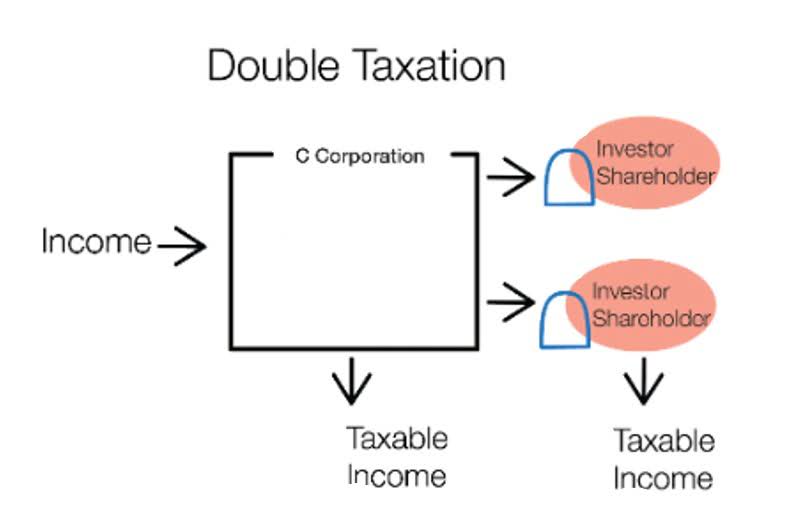
Once you see that your flow Accounting for Churches has run successfully, you can check on your results. When our model has finished its training, AI Builder will show us the accuracy of its prediction. Next, the AI Builder itself will show us how the selected model works.
Addressing Concerns and Misconceptions about AI in Invoice Data Capture
- OCR, another integral component of AI, enables the system to interpret and extract text data from scanned or photographed invoices.
- The marriage of Machine Learning and OCR in AI-based invoice data capture represents a paradigm shift.
- Three-way matching occurs instantly, and invoice approval workflows are digitized with automated notifications.
- Moreover, AI-driven systems excel in handling large volumes of invoices, addressing scalability challenges businesses face.
To see the full set of data extracted, review the flow action outputs below. The AI Builder – Extract Information From Invoices action outputs all of the invoice details. We want to take those details any apply them to the metadata of the invoice document in SharePoint. Create a SharePoint – Update File Properties action populate its fields as shown below.
Increased efficiency
- Integrate AI-driven invoice matching to automatically match invoices with corresponding purchase orders and goods receipts.
- You can then apply processing to retrieve information, extract facts, and answer questions.
- However, for complex exceptions, AI may flag them for human review to ensure accuracy and resolution.
- Invoice processing, characterized by manual data entry, confronts businesses with various challenges in the current landscape.
It also supports mobile and email-based approvals, so teams can review and approve invoices ai invoice processing on the go, without delays. AI-based invoice processing uses machine learning algorithms to accurately extract data from various invoice formats. This technology eliminates errors common in manual processing by validating information against purchase orders and contracts. Additionally, AI learns from historical payment trends to improve its ability to detect discrepancies, flag duplicates, and identify potential fraud. AI reduces the manual effort required in invoice processing by automating data extraction and validation, enabling faster approval cycles.
Search code, repositories, users, issues, pull requests…

AI-Driven QuickBooks Machine Learning Invoice Processing – Unlike template-based OCR, ML models can adapt to different invoice formats and layouts and continuously learn from past data to improve. Next, AI performs 2-way or 3-way matching between the invoice, purchase order (PO), and goods receipt (GRN). It automatically verifies quantity, pricing, and approval limits, flagging any discrepancies for review.

Step 1: Create a Form Processing AI Model

AI-powered systems can automatically identify duplicate invoices. It can compare critical fields like invoice numbers, dates, and amounts across large datasets. When a potential duplicate is detected, the system flags it for review, preventing double payments and reducing financial risks. Upload an invoice to the SharePoint document library to test the Needs Human Review feature we built. If the invoice has any fields with a confidence score lower than 75% the Status Needs Human Review will appear. We want to extract the invoice details when a file is uploaded to the document library.
- AI enhances invoice processing accuracy through multiple techniques that include, machine learning algorithms, automated invoice matching, and real-time data validation.
- Moreover, it’s not great at handling complex or unusual invoice formats.
- This eliminates manual sorting and reduces the risk of misplaced documents.
- Furthermore, it can route the extracted data through the appropriate channels and tools for approval and payment.
- Moreover, you can automatically populate additional fields (like vendor ID or payment terms) based on matched database records.
- The lack of automated validation mechanisms further contributes to these challenges, emphasizing the need for a more robust and error-resistant approach.
- AI-Driven Machine Learning Invoice Processing – Unlike template-based OCR, ML models can adapt to different invoice formats and layouts and continuously learn from past data to improve.
- In a manual setup, these checks were performed through repetitive lookups in spreadsheets or databases—slowing down processing and increasing the risk of oversight or non-compliance.
- However, finance is changing, and artificial intelligence’s transformative power marks a new era.
- Intelligent automation tools can trained to automatically assign the correct general ledger codes to invoice line items based on historical data, reducing the need for manual coding.
- By processing client and project data, ChatGPT generates concise, professional email summaries that align with your business’s tone and style.
- Finally, we will convert the simple array to a text string of comma-separated field names.
- Automating the invoicing process is one of the first steps on the AP automation journey.
AI-based invoice data capture uses artificial intelligence (AI) technologies to automate and enhance extracting relevant information from invoices. Traditional invoice processing methods often involve manual data entry, which can be time-consuming, error-prone, and resource-intensive. AI-based invoice processing solutions aim to revolutionize this by leveraging advanced technologies to efficiently streamline data extraction from invoices.
